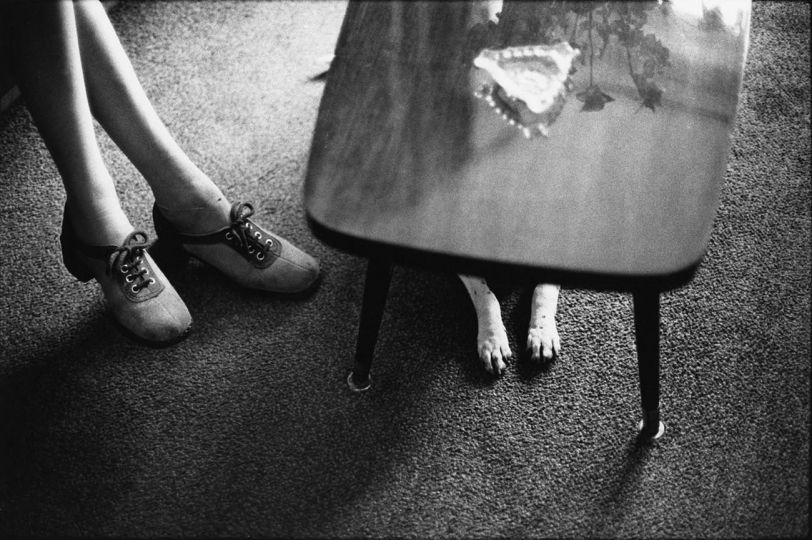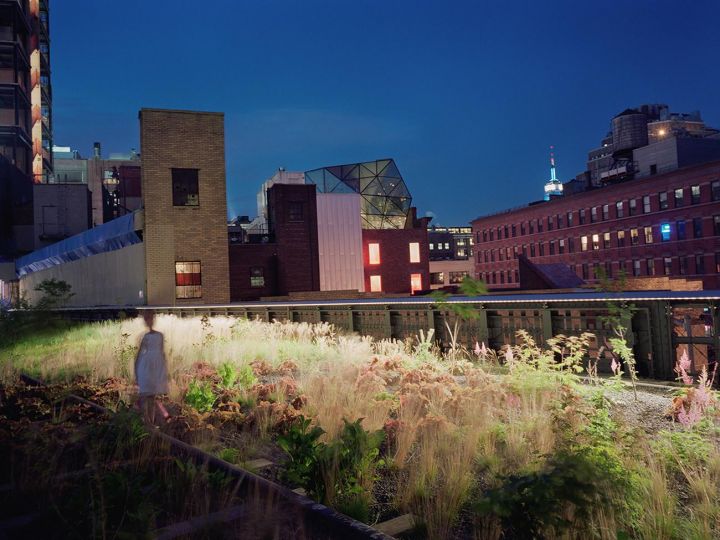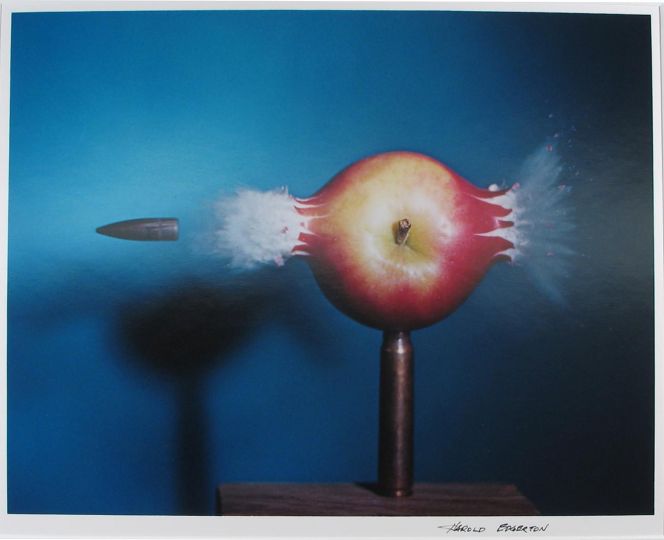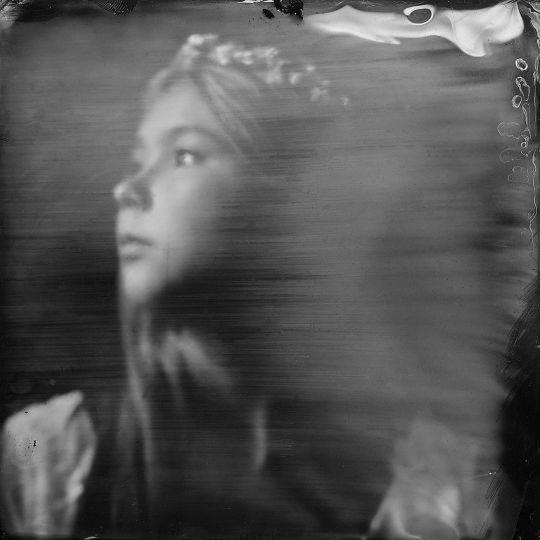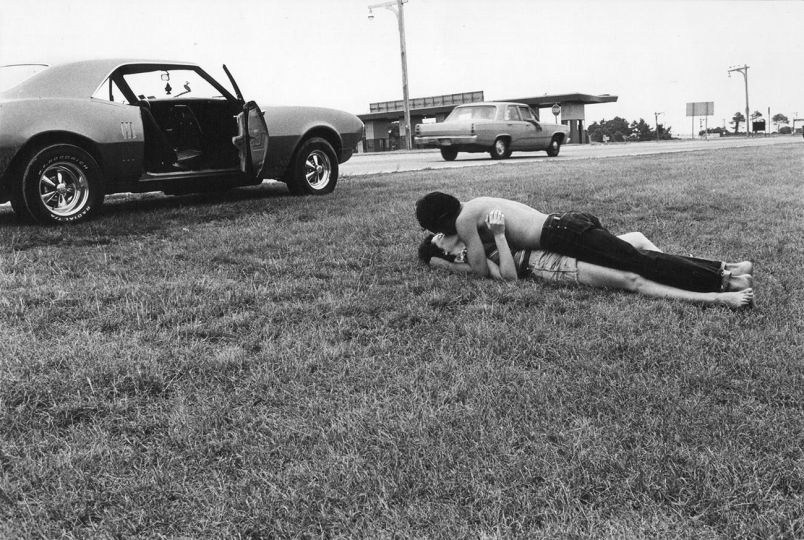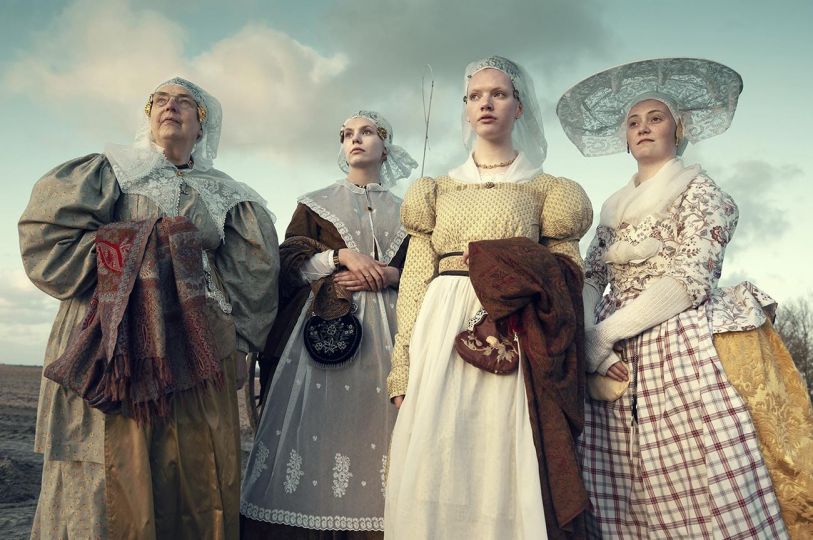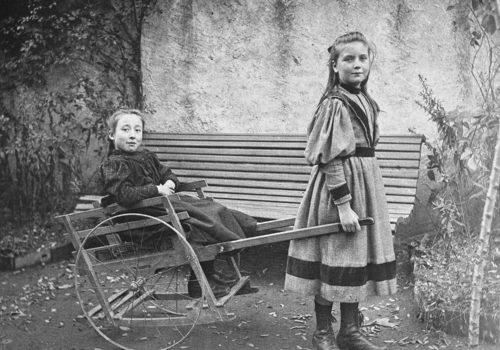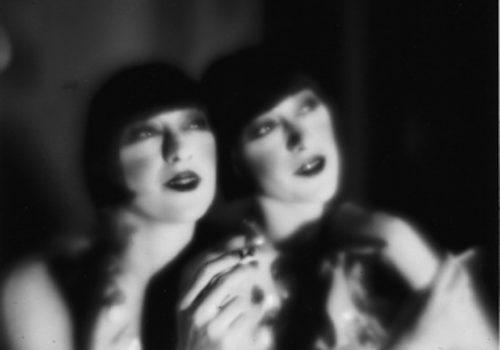Monika Bulaj was born in Warsaw, Poland in 1966. She studied philology at the University of Warsaw. She is fluent in more than 10 languages, Polish her mother tongue, Italian, French, English, German, Russian ,other Slavic languages and understand some Spanish; at present she is studying Arabic and Persian. She lives in Trieste. She presents in this exhibition recent work about Afghanistant and wrote about it:
This is the tenth year of a sick war and we still don’t know what’s coming next, or how the population lives in spite of our military presence there. We are dazed by all the propaganda and the indifference of the Media. This is why I went. I wanted to see things as they really were: not through the bullet-proof glass of an armoured vehicle, not as an embedded journalist, but as an Afghan sees things on the street. I wanted to feel people’s fear, to be as vulnerable as they were. Never losing hope that all this will end some day .
Five months of walking and hitchhiking, of riding on trucks , horses and yaks. Never being ‘embedded’, sharing the hunger, fear and weariness of Afghans. Living with Afghan families and staying in their homes. From the Iranian border to the Wakhan border with China, deep in snow. Armed only with a notebook and a Leica. Ready for the irreducible intimacy of each new encounter.
Balkh, Pansher, Samanghan, Herat, Kabul, Jalalabad, Badakshan, Pamir Khord, Khost. Zigzagging constantly in order to avoid the Taliban and bandits, following the complex geography of security that all Afghans know so well.
Kabul, at night, in winter. Its archipelagos of illegal villages, without sewers or electricity, where children get up at 4 in the morning and walk long distances to fetch water in heavy water cans. The Sufi ceremonies, the magic rituals that make up for the lack of medicine, the villages full of opium addicts because there is nothing else to kill the pain. Brides sold for debts; the male hammams, or bathhouses; the 21st century Afghan warrior body-cult in gyms; the new epidemic of self-immolation; the anti-personnel mines that continue to increase exponentially instead of decreasing.
What do we know about all this? What do we know about the clandestine Shiah rites, or the death threats nailed at night by the Taliban, on the doors of those who dare send their daughters to school? Who talks about the survivors of kidnappings – the country’s most thriving industry? What do we know about the juvenile prisons where female adolescents are incarcerated after escaping forced marriages? Or the shelters, where these young women seek refuge from the revenge of their clans or their own families?
I tell these stories and more, in images and words. Who cares about the Kuchis, the last nomads, the very lowest of the low: without pasture lands, reduced to miserable existences, living in the cities in squalid hovels or tents, where half the newborn babies do not survive the winter? But all Afghans are in danger of becoming Kuchis, a displaced and dispossessed people, perched on their bundled belongings, waiting for an escape that never comes.
Yet, in spite of all the horror and misery, the fear and degradation, the Afghan people still laugh and play passionately, make music, and dance and sing joyously. Here is the smiling barber who interpreted Osama bin Laden in a TV series. Here a small neighbourhood theatre full of serious-looking Afghan men who are betting on the outcome of a ‘ royal battle ’ between opposing armies of baby chicks. And here men laugh and joke while watching the ritual camel-fights.
The families of Taliban who are fighting on the frontlines, the village chiefs who are now repentant killers, the children who had to behead a hostage as their initiation rite, the nomad girls working as prostitutes, the hopeless fight of the Kirghiz in the arid mountains of the North.
And the female contingent. Women: their dreams, sexuality, emotional geography, expectations, their fight against depression and their striving for self-fulfilment in a repressive tribal context.
In the ‘bright garden’ of Afghanistan, I followed the paths instinctively, finding some hope in the most hopeless places, in the darkest depths of despair.
Ultimately, I found a world which breaks down our own narrow-minded prejudices and taboos.
This project won some grants: The Aftermath Project Grant 2010 and Bruce Chatwin Special Award the absolute eye 2009
Nur
Until January 12 2012
Punto di Svista and Officine Fotografiche
Officine Fotografiche
Via Libetta 1, Roma, Italy






